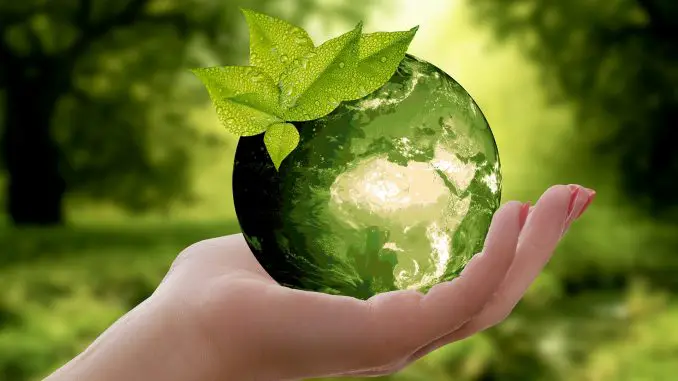
What can we do in everyday life to reduce the environmental impact? There are several things. Here are some suggestions
shipments
Walk, bike or ride collectively as often as you can instead of driving.
- A lot of out carbon dioxide emissions come from traffic.
- Carpool to and from work, school or appointments.
- Use fuel-efficient cars or cars powered by alternative fuels, such as ethanol.
- Take a course in “eco-driving” and learn how to drive fuel efficiently. It also saves money.
- Make sure you have the correct air pressure in the tires of your car. With the right air pressure, the car rolls lighter and less fuel is consumed.
- Take the train instead of flying home.
- Energy in the household
- Buy and use energy-efficient appliances. Energy classes A, A + or A ++ are the most energy efficient.
- Use low-energy lamps.
- Lower the indoor temperature. With a slightly lower temperature indoors, you reduce heating costs by about 5%.
- Save on hot water. Place nozzles on the faucets and shower.
- Use lids when cooking or use the kettle. Kettles can halve energy consumption and go faster compared to cooking on the stove.
- Your TV and VCR consumes power in stand-by mode, turn off your appliances completely, unplug or turn off directly at the TV instead of using the remote control.
- Defrost the freezer periodically. A defrosted freezer uses less energy. Vacuum suction behind freezer and fridge, so energy is also saved.
- Switch off the lights when leaving the room.
- Buy Good Environmental Choice electricity that comes from renewable energy sources, such as wind, water and solar.
Shop - Look at the items in the store come from. Please choose locally produced.
- Buying eco-labeled goods, such as the Swan and Good environmental selection, is an easy way to choose products with less or less environmental impact
- Buy organic foods. Organic certifications can be found on products that are organically grown or products from animals that are better off.
- Drink tap water instead of buying bottled water. The bottled water is transported a long way, which creates an unnecessary environmental impact. In many countries, it is possible to drink good water in the tap.
- Choose a product with as little unnecessary packaging as possible.
Waste
- Leave old and leftover medication to the pharmacy
- Leave all worn-out batteries in the battery compartment or to your environment station. The purpose is to prevent emissions to the environment of the toxic heavy metals cadmium, mercury and lead. A good alternative to disposable batteries is rechargeable batteries. Pay attention to all “hidden”, built-in batteries in eg cordless appliances, calculators and greeting cards.
- Sort your packaging and return it to a recycling center. All submitted packages become new goods, new packaging or energy.
- Never pour chemicals into the drain. They must be left to the recycling center as hazardous waste.
- Leave your bulbs, low-energy lamps and fluorescent lamps to the recycling center. They contain hazardous metals that are taken care of.
- Do not throw garbage in the wild and pick up garbage you see outside.
- Submit your old tires to the tire dealer when you buy new tires.
Cleaning / washing
Preferably clean without chemicals, e.g. with a microfiber cloth. A dry microfibre cloth on a long shank mop can replace the vacuum cleaner on hard floors. With liquid and possibly detergent, it is a good scrub brush. Choose eco-labeled cleaning products.
Do not buy chlorine-containing agents.
Don’t miss any special cleaning products. Some tips on other methods: Vinegar or citric acid removes coatings on toilet and tile, windows get clean with dishwashing detergent, the oven gets clean with soap that may work for a while on low heat.
Do not overdose on detergents and detergents. It is both bad for nature and for the washing and washing machines. Check out the hardness of the water you have in your area, ask the municipality. The detergent package shows which dosage is suitable for different hardness of the water.
Do not wash at excessively high temperatures. With today’s detergent, most things get clean at 40-60 degrees.

Leave a Reply